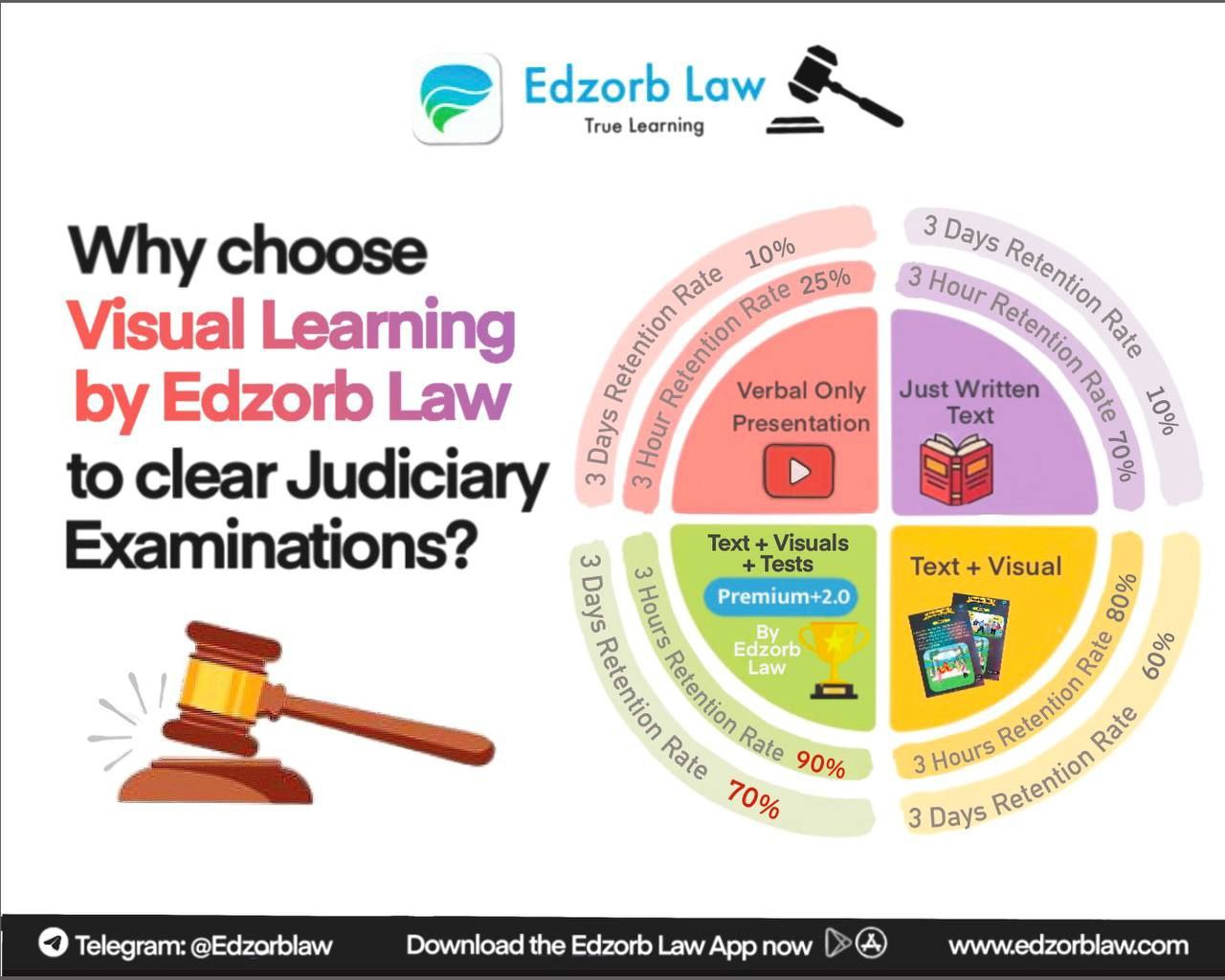Let’s Dive In: Top 5 Landmark Judgments Under the CPC That Shaped Indian Civil Law. Inthe realm of civil litigation, the Code of Civil Procedure (CPC) serves as the backbone for guiding legal processes in India. Over the years, several landmark judgments under the CPC have not only shaped the course of civil law but also defined how legal principles are applied in practice.
But what exactly makes a judgment “landmark”? Is it its far-reaching implications or its role in clarifying legal ambiguities? If you’re serious about acing your judiciary prep, you can’t afford to miss this!
This blog dives into the top 5 landmark judgments under the CPC that have altered the judicial landscape.
1. K.K. Velusamy Vs N. Palanisamy (2011) 11 SCC 275

👉 Key Principle
Inherent Powers of Courts (Section 151, CPC)
This case elaborates on the inherent powers of the court under Section 151 of CPC. The Supreme Court held that the courts have inherent power to recall their own orders to meet the ends of justice or to prevent the abuse of process. The court emphasized that inherent powers should be exercised sparingly and only when there is no specific provision in the CPC to deal with the situation.
💡 Why It Matters for Judiciary Aspirants:
Understanding the extent and limitation of the inherent powers of courts is crucial while handling procedural issues where the CPC may not explicitly provide a remedy.
2. Byram Pestonji Gariwala Vs Union Bank of India (1992) 1 SCC 31
👉 Key Principle
Compromise of Suits (Order XXIII, Rule 3, CPC)
This case is a leading authority on the compromise of suits under Order XXIII Rule 3. The Supreme Court held that when parties enter into a lawful agreement to settle disputes, the compromise must be recorded, and a decree should be passed in terms of the agreement. The court further clarified that the compromise should not be in conflict with any law.
💡 Why It Matters for Judiciary Aspirants:
The case underscores the judicial mandate to encourage amicable settlements and explains how compromises should be handled during the litigation process.
3. Salem Advocate Bar Association Vs Union of India (2005) 6 SCC 344
👉 Key Principle
Amendments to the CPC and ADR Mechanisms
In this landmark judgment, the Supreme Court validated the constitutional validity of the amendments made to the CPC in 2002, which aimed at expediting the litigation process.
💡 Why It Matters for Judiciary Aspirants:
This case highlights the significance of procedural reforms aimed at reducing delays and promoting ADR as an effective dispute resolution mechanism, essential for maintaining judicial efficiency.
4. Dhulabhai Vs State of Madhya Pradesh (1968) 3 SCR 662

👉 Key Principle
Jurisdiction of Civil Courts (Section 9, CPC)
This landmark judgment deals with the jurisdiction of civil courts under Section 9 of the CPC. The court held that civil courts have jurisdiction to try all suits of a civil nature unless expressly or impliedly barred. It laid down certain tests to determine when a civil court’s jurisdiction can be ousted.
💡 Why It Matters for Judiciary Aspirants:
This case is crucial for understanding the extent of civil court jurisdiction and the conditions under which civil courts are barred from entertaining certain disputes.
5. Baldev Singh Vs Manohar Singh (2006) 6 SCC 498
👉 Key Principle
Amendments of Pleadings (Order VI, Rule 17, CPC)
This case is a significant authority on the amendment of pleadings under Order VI, Rule 17 of the CPC. The court ruled that amendments should be allowed liberally unless they cause irreparable harm or prejudice to the opposite party. The amendment should help in the final resolution of the controversy between the parties.
💡 Why It Matters for Judiciary Aspirants:
Amendment of pleadings is a common procedural step, and this case outlines the broad principles governing the same, providing valuable insights into the balancing act courts must perform between justice and procedural fairness.
Conclusion
Landmark judgments play a pivotal role in the evolution of law, setting precedents that guide future judicial decisions. The judgments discussed in this blog are just a glimpse into the vast influence that landmark rulings have on civil law under the CPC.
- What is the landmark case of CPC? It’s one that establishes or redefines legal norms, as seen in the cases we’ve explored.
- How do you know if a case is landmark? When it significantly impacts legal interpretation and future judicial decisions, that’s when it becomes landmark!
- Want to explore more landmark cases and legal insights?
Download Edzorb Law App , your go-to platform for comprehensive case summaries, expert analysis, and strategic prep tips for judiciary exams. 🚀
Stay tuned for Part II, where we’ll explore more groundbreaking judgments that continue to shape the Indian legal landscape!

 Podcast
Podcast








 Features
Features






